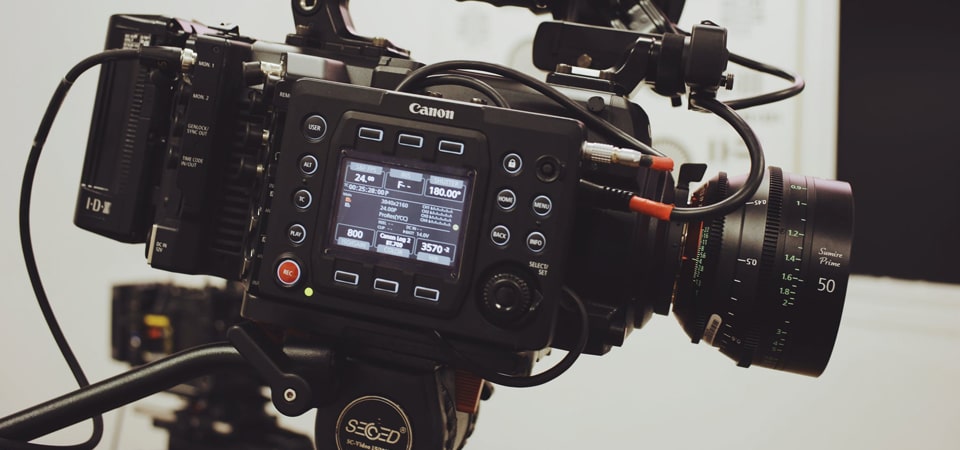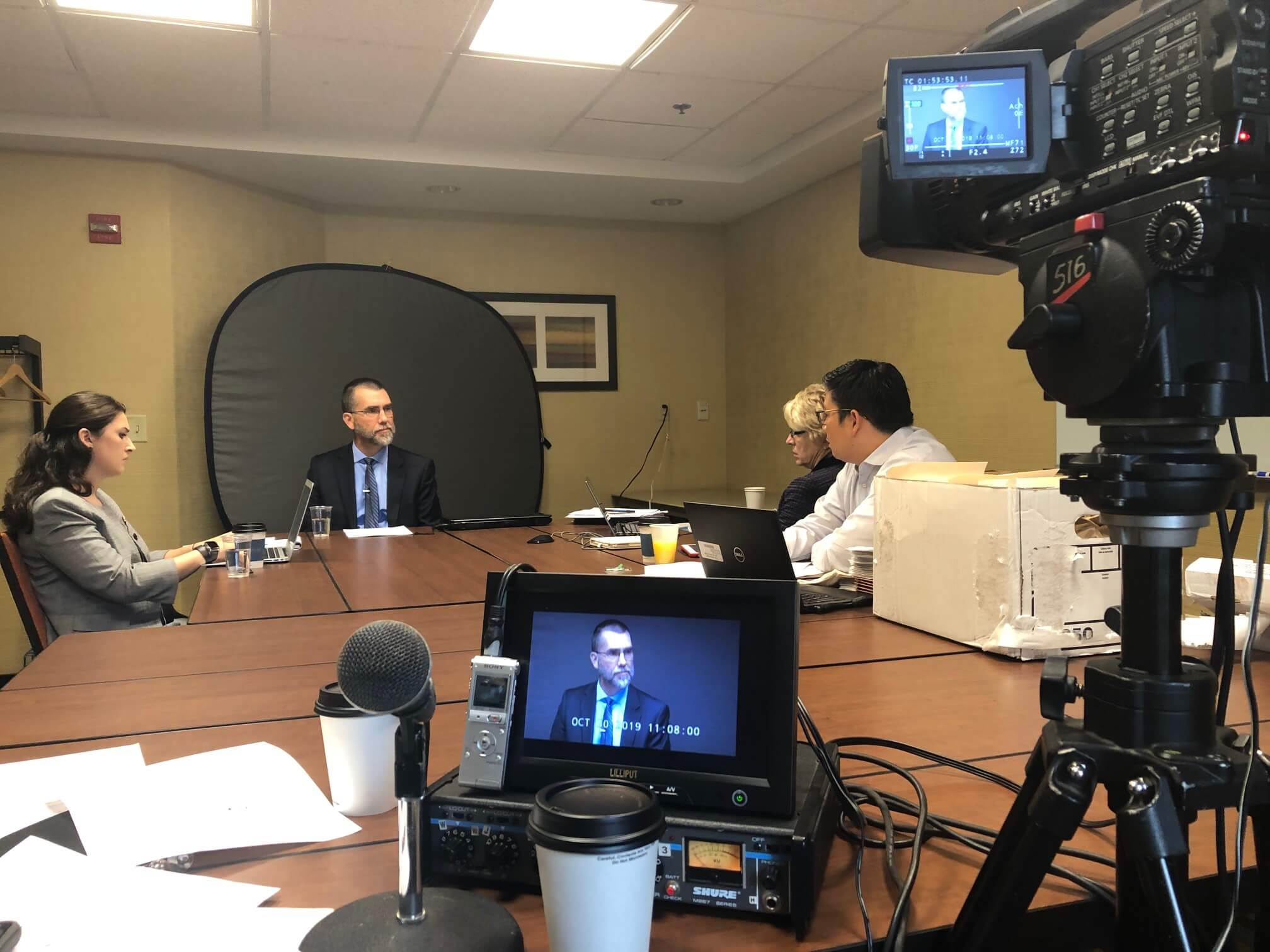Exploring the Purpose and Effect of Lawful Videography in the Legal Field
Legal videography has become a crucial tool in the legal field, reinventing the means proof is provided and preserved. As we navigate with the complex web of guidelines and honest factors to consider surrounding lawful videography, a clearer image emerges of its prospective to shape the future of the legal landscape.
History of Legal Videography
The evolution of legal videography can be mapped back to the very early days of court innovation integration. As courts began to identify the worth of aesthetic evidence presentation, making use of videography in lawful procedures gained grip. In the 1980s, the intro of analog video cameras noted a substantial turning point in the history of lawful videography. These electronic cameras enabled the recording of depositions, witness statements, and courtroom process, supplying a visual document that matched conventional created records.
With the improvement of technology, the change from analog to digital video clip tape-recording more revolutionized the area of lawful videography. Digital cams provided better recordings, much easier editing capacities, and improved storage space choices. This change not just enhanced the quality and accuracy of visual proof but likewise structured the presentation of complicated information in courts.
Today, lawful videography plays a vital role in the legal area, offering attorneys an effective device for presenting proof, recording testimonies, and producing engaging aesthetic narratives to support their situations. The advancement of legal videography remains to form the means lawyers come close to lawsuits and campaigning for.
Benefits of Legal Videography
Additionally, lawful videography enables the preservation of witness testimony in a powerful and authentic way. By recording the disposition and behavior of witnesses throughout their testaments, lawyers can much better assess the trustworthiness of their declarations and possibly reveal incongruities or falsehoods. This can be especially valuable throughout cross-examination and in providing evidence to sustain or shoot down vital debates in an instance.
Moreover, legal videography offers the advantage of creating a permanent document that can be taken another look at and analyzed at any time. Lawyers can assess video clip footage to recognize vital information, get ready for upcoming court procedures, or enhance their techniques for trial. This capacity to take another look at and study aesthetic evidence can provide lawyers with a critical benefit in developing a robust instance.
Strategies for Efficient Legal Videography
Incorporating reliable methods in legal videography is essential for making the most of the impact of aesthetic evidence and bolstering the credibility of witness testaments in legal procedures. One important method is guaranteeing correct illumination to capture clear photos and faces. All-natural light or tactically placed fabricated illumination can significantly improve the quality of the video clip. Additionally, making use of premium audio devices is vital to tape sound properly, ensuring that all spoken communication is caught distinctly. Framing plays a vital function in lawful videography; it is vital to mount shots correctly to focus on the pertinent elements while lessening distractions. Smooth cam activities and stable shots are needed to stop visual disruptions that could detract from the material. In addition, utilizing several electronic camera read angles can provide detailed insurance coverage of the scene, recording different point of views all at once. Post-production editing and enhancing needs to be performed diligently to offer a polished last item that properly shares the desired message in a specialist fashion - LEGAL VIDEOGRAPHY.
Lawful Videography in Court Settings

In court room settings, lawful videographers have to follow strict standards to preserve the honesty of the lawful process. They have to be discreet to avoid interfering with proceedings while additionally being attentive in capturing essential information. The footage taped by legal videographers works as an important source for legal representatives, juries, and courts, giving a visual document that can be referenced during instance preparation, charms, or testimonials.

Moral Considerations in Lawful Videography
Values offer as a fundamental structure leading the technique of lawful videography, making certain honesty and impartiality in recording and maintaining lawful procedures. One vital honest factor to consider is acquiring notified permission from all parties involved prior to videotaping any kind of lawful procedures.
Confidentiality is another paramount moral factor to consider in legal videography - LEGAL VIDEOGRAPHY. Videographers should handle all recorded video with miraculous care to protect delicate details and preserve the privacy civil liberties of those associated with the legal procedure. In addition, preserving objectivity and nonpartisanship during the recording process is necessary to stay clear of predisposition and ensure an exact representation of the occasions
Final Thought
In final thought, lawful videography has actually ended up being a vital device in the lawful field, giving a visual document of events and enhancing the discussion of evidence in courts. By capturing testaments, scenes, and demonstrations, lawful videographers play an essential duty in guaranteeing a reasonable and transparent legal procedure. With correct methods and moral considerations, lawful videography remains to have a considerable influence on the legal occupation, forming the way info is recorded and presented in legal procedures.
Lawful videography has ended up being a vital tool in the legal field, changing the means evidence is provided and protected.Including reliable techniques in legal videography is necessary for maximizing the impact of visual evidence and boosting the credibility of witness testimonies in legal procedures.Principles serve as a fundamental structure assisting the technique of lawful videography, making certain integrity and impartiality in capturing and preserving legal proceedings.In conclusion, legal videography has become an important tool in the legal field, providing a visual document of occasions and boosting read more the discussion of proof in courts. With ethical considerations and proper strategies, lawful videography continues to have a considerable impact on the legal career, forming the method info is captured and presented in legal process.